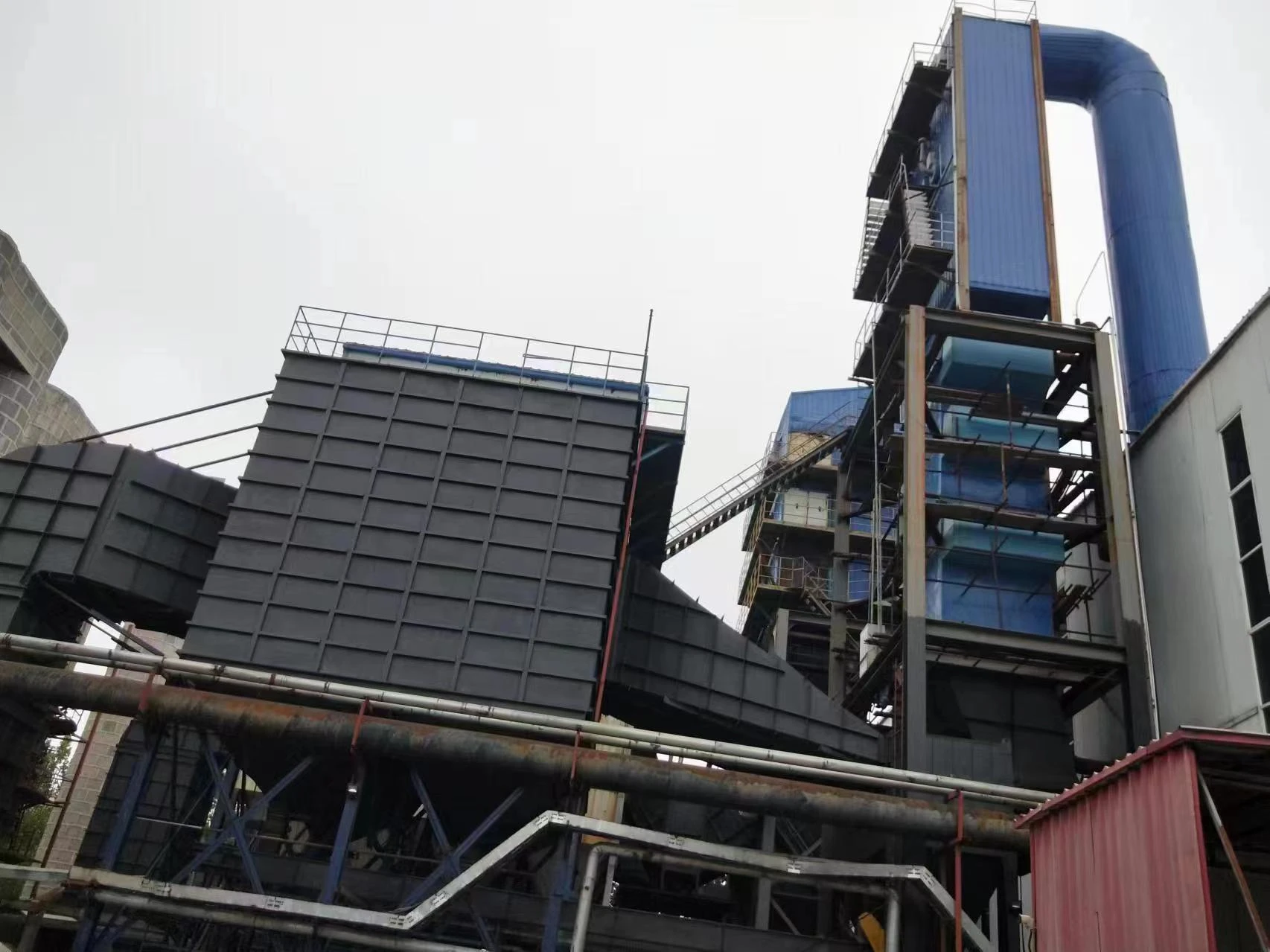
Nov . 12, 2024 19:04 Back to list
boiler steam pressure control system
Boiler Steam Pressure Control System A Comprehensive Overview
The efficient operation of boiler systems is pivotal in various industrial applications, ranging from power generation to chemical manufacturing. Among the many critical components of a boiler, the steam pressure control system plays a vital role in ensuring that steam is produced at the desired pressure levels for optimal operation. This article delves into the design, operation, and significance of the boiler steam pressure control system.
Understanding Boiler Operation
A boiler is a closed vessel that converts water into steam by applying heat. The steam produced can be utilized for various purposes, such as driving turbines, heating applications, or providing energy for industrial processes. The ability to maintain the correct steam pressure is crucial, as fluctuations can lead to inefficiencies, equipment damage, or even catastrophic failures.
The Importance of Pressure Control
Steam pressure control systems are essential for maintaining the desired pressure within the boiler. Too much pressure can lead to unsafe conditions, while too little pressure might result in inadequate steam supply, leading to inefficiency in downstream processes. Therefore, precise control mechanisms must be in place to monitor and adjust the steam pressure continuously.
Components of the Pressure Control System
A typical boiler steam pressure control system consists of several key components
1. Pressure Sensors These devices measure the current steam pressure within the boiler. They send real-time data to the control system, allowing for continuous monitoring.
2. Control Valves Control valves play a crucial role in regulating the flow of steam and water based on the input received from pressure sensors. By modulating the flow, these valves ensure that the pressure remains constant.
3. Control Systems The central control unit processes inputs from pressure sensors and determines the necessary adjustments. This unit can be a simple analog controller or a complex digital control system equipped with advanced algorithms for precise regulation.
4. Actuators Actuators are responsible for physically adjusting the control valves based on commands from the control system. They can be electric, pneumatic, or hydraulic, depending on the application.
5. Feedback Mechanisms To ensure that the system responds accurately to changes in pressure, feedback mechanisms are implemented. These allow the control system to fine-tune its actions based on the difference between the desired setpoint and the actual pressure.
boiler steam pressure control system

Control Strategies
There are several control strategies employed in boiler steam pressure control systems. The most common approaches include
- On/Off Control This is a simple method where the control valve is either fully open or fully closed. While easy to implement, this method can lead to pressure oscillations and isn’t suitable for systems requiring tight pressure control.
- Proportional Control This technique adjusts the control valve based on the error between the desired pressure and the measured pressure. The greater the deviation, the more the valve opens or closes, providing better stability.
- PID Control The Proportional-Integral-Derivative (PID) controller is a widely used advanced control strategy. It combines the benefits of proportional control with integral and derivative actions to minimize the error over time. This method provides robust control for fluctuating demands and varying operational conditions.
Challenges in Pressure Control
While the technology behind steam pressure control systems has advanced significantly, several challenges remain
- Response Times Rapid changes in load can cause pressure fluctuations. The control system must react quickly to maintain stability without overshooting the desired pressure.
- Component Wear and Tear Valves and sensors are subject to wear over time. Regular maintenance and testing are necessary to ensure reliable operation.
- Fault Tolerance The system must be designed to handle failures gracefully. Redundancy and fail-safes should be incorporated to maintain safe operation even when components fail.
Conclusion
In summary, the boiler steam pressure control system is a crucial component in maintaining efficient and safe boiler operation. By continuously monitoring pressure levels and making necessary adjustments, these systems ensure that steam is produced under optimal conditions. As industries continue to evolve, the demand for more sophisticated and reliable pressure control solutions will drive innovation in this essential field. Understanding the complexities and challenges involved will help engineers and operators enhance the performance and safety of their boiler systems, ultimately contributing to greater energy efficiency and reduced operational costs.
-
High-Efficiency Commercial Oil Fired Steam Boiler for Industry
NewsJul.30,2025
-
High-Efficiency Biomass Fired Thermal Oil Boiler Solutions
NewsJul.30,2025
-
High Efficiency Gas Fired Thermal Oil Boiler for Industrial Heating
NewsJul.29,2025
-
High-Efficiency Gas Fired Hot Water Boiler for Sale – Reliable & Affordable
NewsJul.29,2025
-
High Efficiency Biomass Fired Hot Water Boiler for Industrial and Commercial Use
NewsJul.29,2025
-
High-Efficiency Biomass Fired Hot Water Boiler for Industrial Use
NewsJul.28,2025
Related PRODUCTS






















